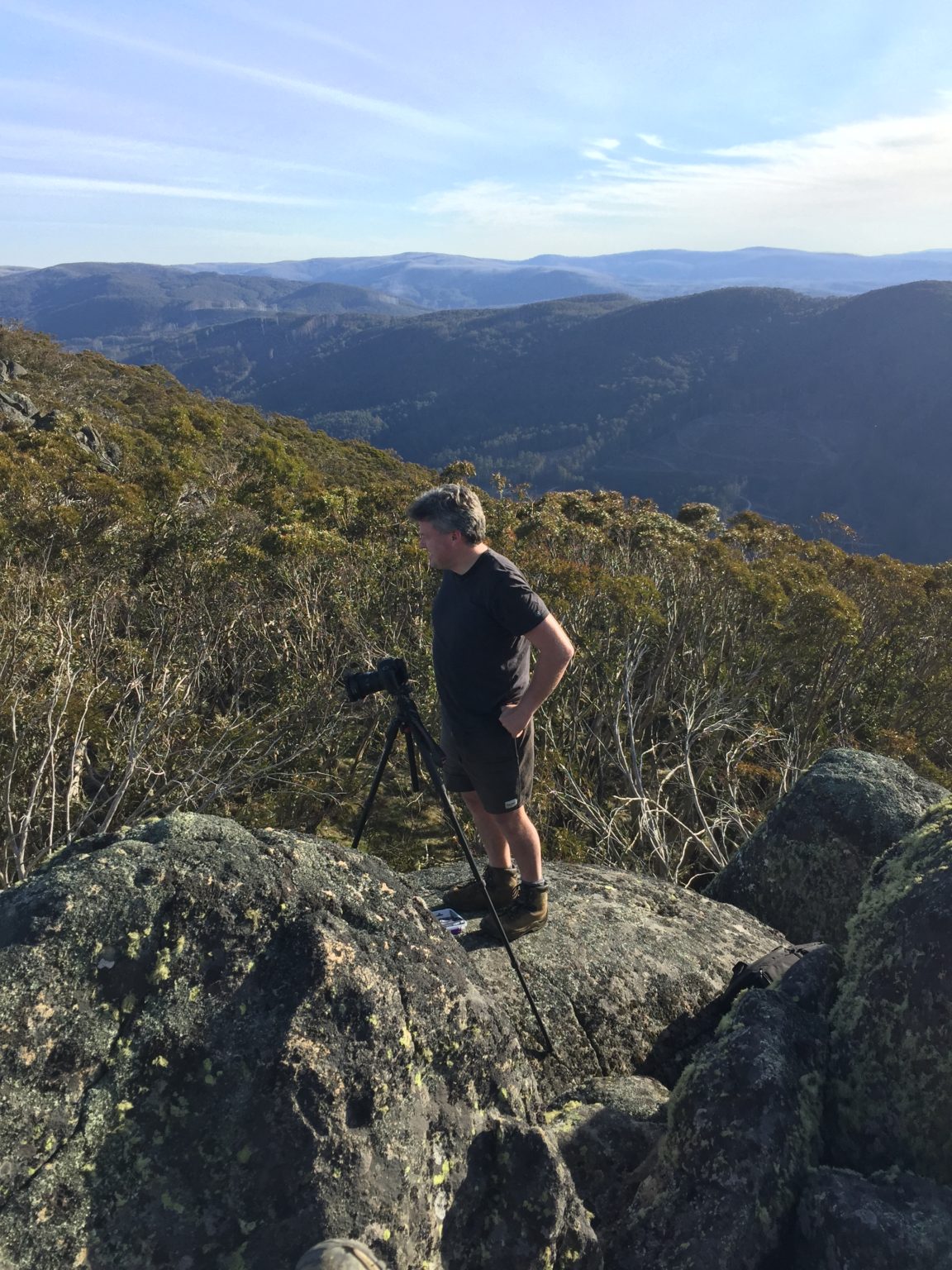About Me
For me, photography is a medium of my self-expression that I have been exploring over the last 20 years. Through my lens, I take my audience to remote corners of the natural landscape to celebrate its extraordinary beauty.
My passion for photography emerged from my keen interest in exploring the Victorian landscape. I have been exploring this landscape for most of my life. Throughout this exploration, I have taken great inspiration from the photography greats of Olegas Truchanas and Peter Dombrovski in my attempt to capture the subtle and ethereal beauty of Victoria’s great forests, rugged mountain ranges and windswept coastlines. I will never tire of the beauty that they offer no matter the conditions or time of day.
My photography speaks to my strong environmental values that seek to raise awareness of the urgent need to change our conversation about how we use and value our natural environment.
Rather than seeing the environment as a commodity that we plunder day in and day out, I believe we need to see it as natural heritage that serves us best if we stop to consider its value from a multi-dimensional perspective. This perspective is one that I practiced in my post-doctoral research on environmental matters that has seen my work published in leading scientific journals.
When I am not out photographing, I am engaged in my environmental consultancy practice that to date has had a strong focus on greenhouse gas emissions in agriculture, forest certification, spatial analysis, analysis of forest disturbance regimes and the impact of climate change on agriculture. This work follows on from my PhD study that saw me involved in a critical analysis of the forest certification schemes in 2012.
I hope to draw people into my world and, by doing so, change the conversation that they choose to have with their environment.
Publications
Taylor, C., Cadenhead, N., Lindenmayer, DB. And Wintle, BA., (2017). Improving the design of a conservation reserve for a critically endangered species, PLOS One (In press).
Taylor, C. and Eckard, R., 2016. Comparative analysis of greenhouse gas emissions from three beef cattle herds in a corporate farming enterprise. Animal Production Science, 56(3), pp.482-494.
Taylor, C., Harrison, M.T., Telfer, M. and Eckard, R., 2016. Modelled greenhouse gas emissions from beef cattle grazing irrigated leucaena in northern Australia. Animal Production Science, 56(3), pp.594-604.
Taylor, C., McCarthy, M.A. and Lindenmayer, D.B., 2014. Nonlinear effects of stand age on fire severity. Conservation Letters, 7(4), pp.355-370.
Briscoe, N.J., Kearney, M.R., Taylor, C.A. and Wintle, B.A., 2016. Unpacking the mechanisms captured by a correlative species distribution model to improve predictions of climate refugia. Global change biology.
Longmire, A., Taylor, C. and Pearson, C.J., 2015. An open-access method for targeting revegetation based on potential for emissions reduction, carbon sequestration and opportunity cost. Land Use Policy, 42, pp.578-585.
Taylor, C. 2012. The Discourses of Climate Change. In: Cadman, T (ed), Governing the Climate Regime: Towards Institutional Legitimacy, Palgrave MacMillan.
Taylor, C. 2011. Discourses of the Standard: Critical Discourse Analysis of the Forest Stewardship Council and the Australian Forestry Standard, PhD Thesis submitted in fulfillment of the Requirements for the Degree of Doctor of Philosophy, RMIT University
Taylor, C. 2009. Victorian February 2009 Fires: A Report on Driving Influences and Land Tenures Affected. Victorian National Parks Association. Melbourne
